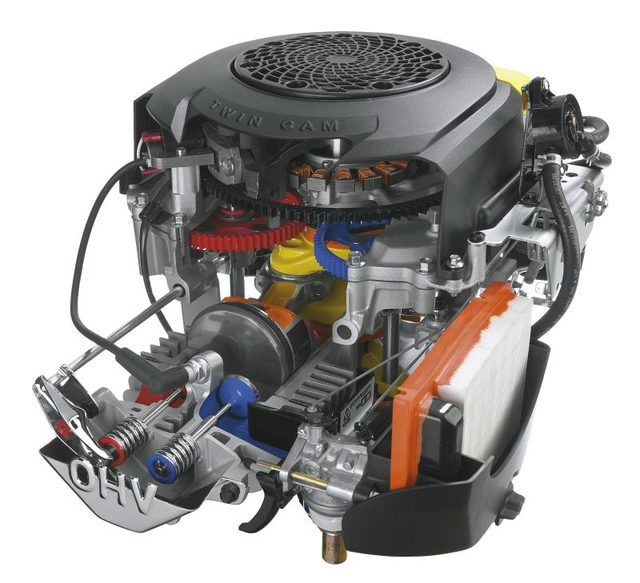Bulbs
Flower Basics
Flower Beds & Specialty Gardens
Flower Garden
Garden Furniture
Garden Gnomes
Garden Seeds
Garden Sheds
Garden Statues
Garden Tools & Supplies
Gardening Basics
Green & Organic
Groundcovers & Vines
Growing Annuals
Growing Basil
Growing Beans
Growing Berries
Growing Blueberries
Growing Cactus
Growing Corn
Growing Cotton
Growing Edibles
Growing Flowers
Growing Garlic
Growing Grapes
Growing Grass
Growing Herbs
Growing Jasmine
Growing Mint
Growing Mushrooms
Orchids
Growing Peanuts
Growing Perennials
Growing Plants
Growing Rosemary
Growing Roses
Growing Strawberries
Growing Sunflowers
Growing Thyme
Growing Tomatoes
Growing Tulips
Growing Vegetables
Herb Basics
Herb Garden
Indoor Growing
Landscaping Basics
Landscaping Patios
Landscaping Plants
Landscaping Shrubs
Landscaping Trees
Landscaping Walks & Pathways
Lawn Basics
Lawn Maintenance
Lawn Mowers
Lawn Ornaments
Lawn Planting
Lawn Tools
Outdoor Growing
Overall Landscape Planning
Pests, Weeds & Problems
Plant Basics
Rock Garden
Rose Garden
Shrubs
Soil
Specialty Gardens
Trees
Vegetable Garden
Yard Maintenance
The History of Kohler Engines
The History of Kohler Engines. Kohler cornered the market on engine manufacturing back in the early 20th century and maintains its status as one of the best known engine companies today. Kohler engines function in a variety of industrial and commercial uses, including lawnmowers, industrial saws, welding equipment, generators and pressure washers....

Kohler cornered the market on engine manufacturing back in the early 20th century and maintains its status as one of the best known engine companies today. Kohler engines function in a variety of industrial and commercial uses, including lawnmowers, industrial saws, welding equipment, generators and pressure washers. A timeline of Kohler history reveals just how innovative this company was and continues to be.
1920s to 1940s
Kohler found its place on the map of engine manufacturers in the 1920s when it began appealing to rural markets with the Model A generator set of 1500 watt engines. These automatic gas engines produced a 110 volt DC current. In 1939, Kohler expanded into the manufacturing of diesel engines. What made their diesel engines stand out in the market was the liquid cooling system, a choice of cylinders ranging from a single-cylinder/5 horse-power (hp) to a 4-cylinder/20 hp model, and speed options from 1200 to 2400 RPMs. Kohler's popularity grew so quickly that, in 1948 it opened a factory to manufacture its first "stand alone" small engine for industrial use.
1950s
In 1951, Kohler released the K90; a single cylinder, cast-iron, air cooled engine. The K160 engine followed in 1952. By 1959, the demand for the K-series engines was so high that Kohler released the first of 4 interchangeable K-model engines. The company also saw expansion to export engines overseas in the 50s, predominately into Vietnam and Thailand. These Asian countries used Kohler engines in powered air compressors and small boats to help irrigate rice fields.
1960s and 1970s
The 1960s saw a large expansion of Kohler facilities with the production of a new plant and manufacturing facilities in both Canada and Mexico. In 1965, Kohler revealed their Automatic Compression Release (ACR) system that offered a better recoil start for engines. Kohler manufactured its 1 millionth engine in 1966. In 1968 it expanded into the recreational vehicle market by beginning to produce 2-cylinder snowmobile engines. The company continued to grow over the next 10 years and 1976 marked Kohler's 1 millionth engine exported overseas.
1980s
In the 1980s Kohler introduced its attention-getting Twin Cylinder Series II engine. Equipped with a new connecting rod design, full-pressure lubrication and a crankshaft with steel-backed sleeve bearings at both ends, this engine marked a jump in technological development and paved the way for additional quality innovations. In 1984, Kohler revealed new style and improvements through the Magnum series, complete with electric ignition and "superior" air filtration. 1987 saw the release of the Command series (still manufactured today) that offered hydraulic valve lifters and OHV design for a longer engine life.
1990s
In 1991, Kohler expanded into the lawn and garden industry with the release of the vertical shaft twin-cylinder engine. In 1995, Kohler released the first ever Overhead Cam Engine (OHC). The innovation found within the creation of the OHC landed Kohler an award from the National Society of Professional Engineers in 1998. In 1999, Kohler released the first liquid cooled Aegis engine, was the first manufacturer to offer a 3-year warranty on its products and released the Command PRO series single and twin-cylinder models.
21st Century
Kohler outdid itself in 2002 with the release of the Courage engine series. These engines had an inverted crank case to prevent leaks, dual-camshafts for optimal cooling, ported power intake to increase power and combustion and cross-flow cylinder heads for cooler operation. In 2004, Kohler offered Aegis engines able to produce 31 horse power, followed by the Command PRO engine with 34 to 38 hp in 2005. In 2007 Kohler produced its first push mower engine with the Courage XT-Series. Then 2008 brought the promise of Kohler engines offering 4 to 65 hp and the announcement that all 2-cylinder Command PRO and Aegis engines will now have electric fuel injection (EFI) as a standard feature in order to reduce emissions.